
Are Novelty Halloween Contacts Safe?
It’s the spookiest time of the year! With Halloween coming up on October 31st, people are starting to make plans for their costumes. Some of the fun, quirky costume elements that people like to integrate into their costumes are colored contacts. These can take a costume to the next level. However, many people are concerned about whether or not these novelty contacts are safe. Doctor Moosa, one of the LASIK experts in Los Angeles is here to answer some common questions about novelty contacts and help people enjoy a fun, safe Halloween.

Will novelty contacts harm my eyes?
If you’ve ever noticed, certain theatrical performances or feature films will often incorporate costume makeup and contacts in order to help someone achieve a certain look. These can actually be quite safe, as long as they are correctly prescribed, cleaned, and maintained. According to Doctor Moosa, one of the best LASIK surgeons in Los Angeles, all contacts that are being sold in stores must be FDA approved, otherwise they are illegal. These contacts can be worn whether or not someone usually wears corrective lenses because they are available with and without prescriptive lens power. Some people can be sensitive to contact lenses and may not react well to wearing them, especially if it is their first time. If you happen to notice any irritation, swelling, or redness when wearing these contacts, then you should immediately take them out and seek medical help.
How should I go about purchasing novelty contacts?
If you are going out to purchase some fun lenses, then LASIK surgeons in Los Angeles recommend buying from an authorized business. If the seller does not ask for a valid prescription, then these contacts will likely be a one-size-fits-all design. When contacts are not fitted correctly, they can cause infections, scratches to the cornea, and affect vision. Avoid buying contacts from unknown sellers.
If you have never worn contacts before, then you should visit an eye doctor for an exam and proper fitting. When you first insert lenses, it may be briefly uncomfortable but the right sized contacts should settle after a little time. Make sure to practice the right cleaning habits and always wash your hands before handling the contacts.
What are some important tips for wearing novelty contacts?
LASIK experts in Los Angeles particularly Doctor Moosa recommend putting contact lenses in before applying any costume makeup. This can help prevent any makeup from getting on the contacts and causing a bacterial infection. In order to decrease the chances of dry eye, you might want to use eye drops or simply blink more frequently to get your eyes adjusted. Never wear novelty contacts for more than 8 hours in a day. If you start to notice discomfort, then you should take them out even earlier. As with normal contact lenses, you should not go swimming or fall asleep with them on.
Typically, novelty contacts have an expiration date and can be used multiple times before that. If you are planning to use them again, then you should make sure that they stay clean and protected. If at any point, they become damaged or incredibly dirty, then you should just dispose of them. You can purchase a multi-purpose contact lens solution at most convenience stores and use this to soak the contacts. Do not use water, saline, eye drops, or saliva to clean the contacts.
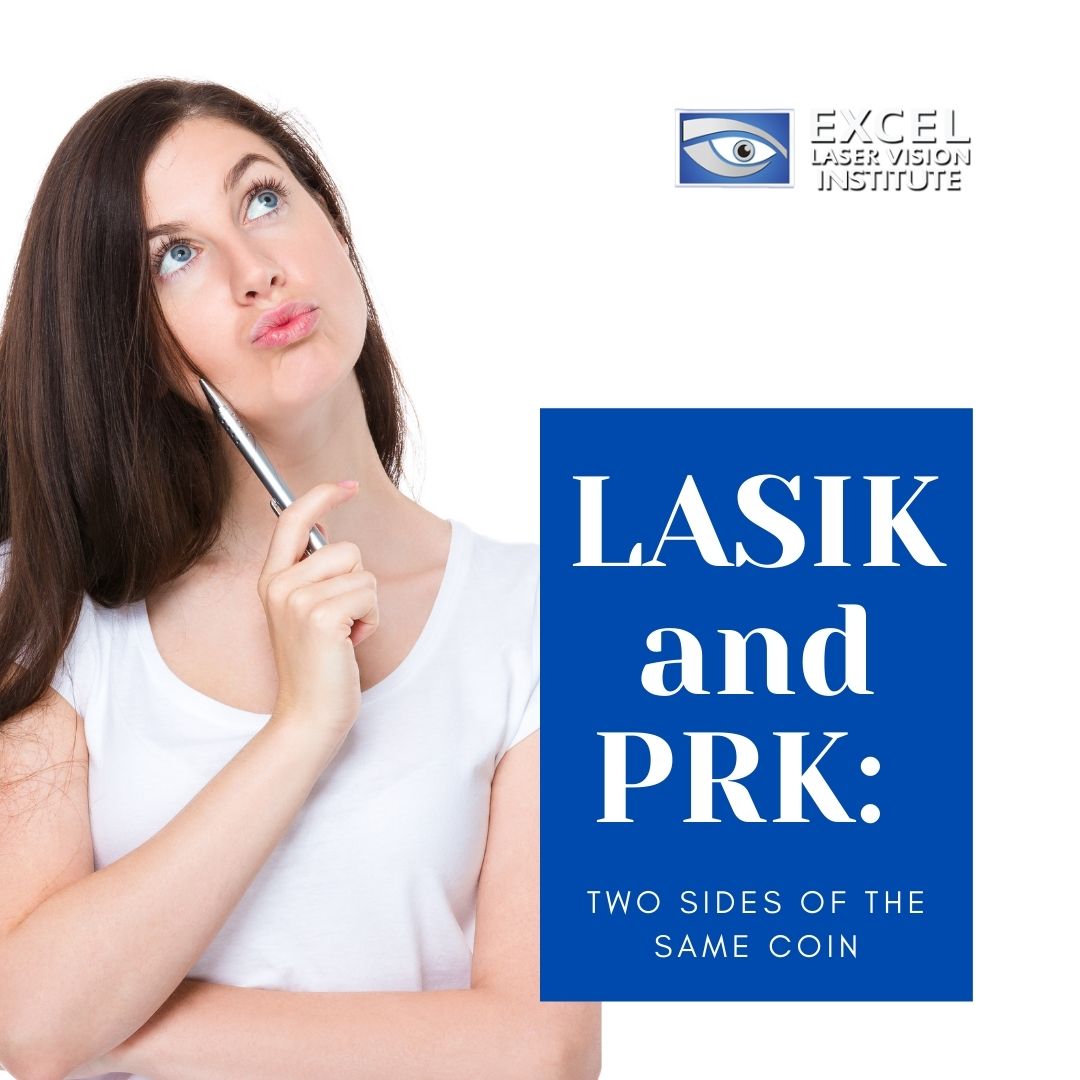
LASIK and PRK: Two Sides of the Same Coin
According to Doctor Moosa, one of the LASIK experts in Los Angeles, there are many choices when it comes to refractive surgery; however, the two most common procedures are LASIK and PRK. The choice between these two laser eye surgeries comes down to a patient’s eye health and lifestyle. In both PRK (photorefractive keratectomy) and LASIK (laser-assisted in situ keratomileusis), the shape of the cornea is altered in order to refocus light properly. This helps solve blurring and distortion for someone with a lower visual acuity.
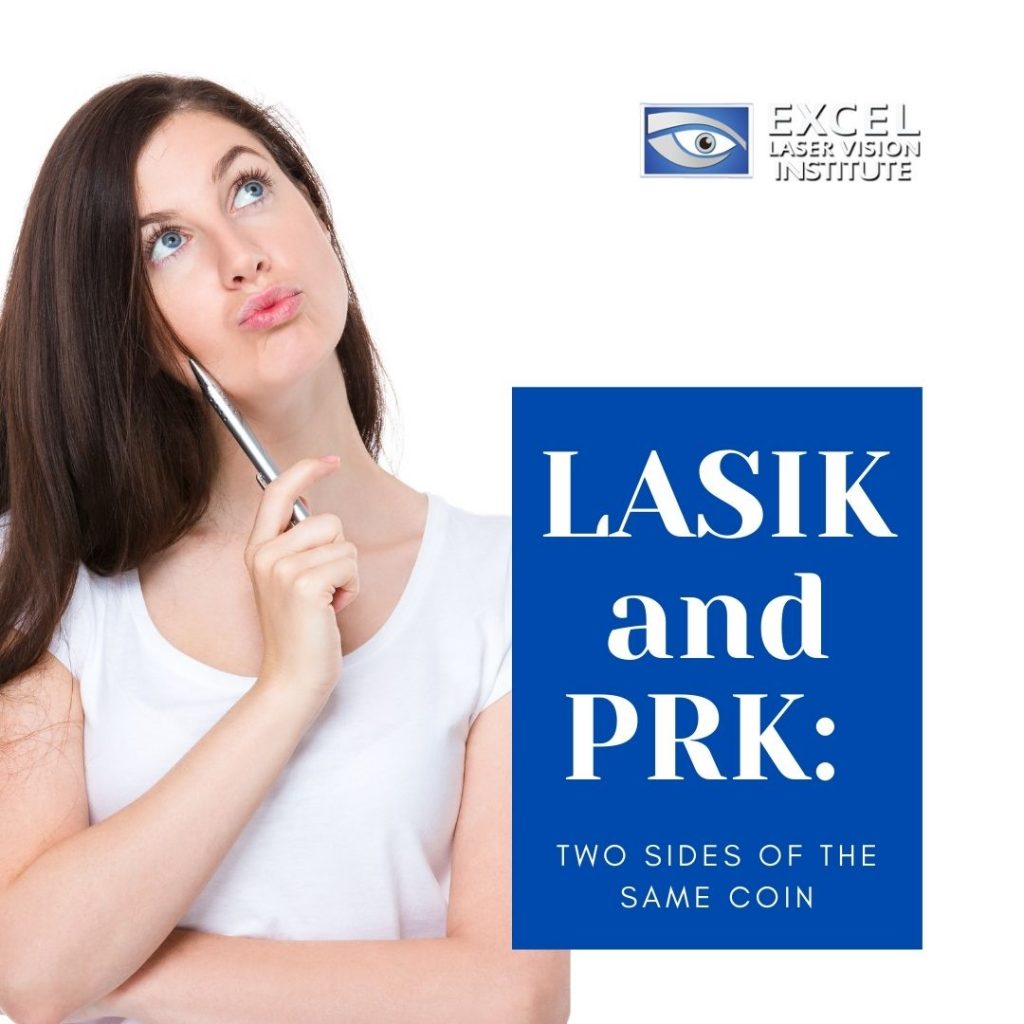
PRK and LASIK are proven techniques for treating vision problems and helping patients achieve their vision goals. While they require different methods and tools, they have the same goal. Both can be used to correct astigmatism, farsightedness, and nearsightedness. Experts at Excel Laser Vision Institute, a LASIK eye center in Los Angeles, say that each vision correction procedure is comparable in cost as well as results. The price may change based on the clinic, the surgeon, and the patient’s needs. However, the average is around $2,000 per eye. After receiving either LASIK or PRK, patients undergo a recovery period but both can experience immediate results. Some people are astounded at the clarity of vision they have the day after the surgery and how strong their vision remains after. Each of these refractive surgeries provide long-term results; however, sometimes one procedure is more suitable for one type of patient.
Laser eye surgery doctors can do a comprehensive exam of a patient’s eyes in order to determine what procedures they qualify for and which one would better suit their needs. Some of the things that they will look at is a patient’s pupil size, cornea size, eye health history, and current prescription. Depending on a patient’s hobbies, career, or lifestyle, there may be one procedure that makes more logistical sense for them. Here are some of the reasons why someone might choose PRK over LASIK:
- When patients don’t qualify for LASIK, they may be a better candidate for PRK.
- PRK does not require the creation of a corneal flap, which is beneficial for some patients who are at risk of flap displacement (athletes, skydivers, military).
- Patients with thinner corneas may choose PRK because the procedure favors tissue conservation.
When you visit a LASIK clinic in Los Angeles such as Excel Laser Vision Institute, you will see that there are many options for someone who is trying to improve their visual acuity. PRK and LASIK are two of the most common and well-known procedures. While LASIK is generally considered more advanced in terms of technology and efficiency, PRK is a solid option for patients with certain eye conditions or lifestyles. Not everyone will qualify for every refractive surgery, which is why it is important to have alternatives for vision correction. Now, more than ever, refractive surgery has become accessible to people with varying prescription levels and complexities. The cost of this kind of surgery has also become more widely available to different incomes thanks to better financing options. Whether you chose PRK or LASIK, you have the chance to achieve 20/20 vision or better and improve your overall quality of life.
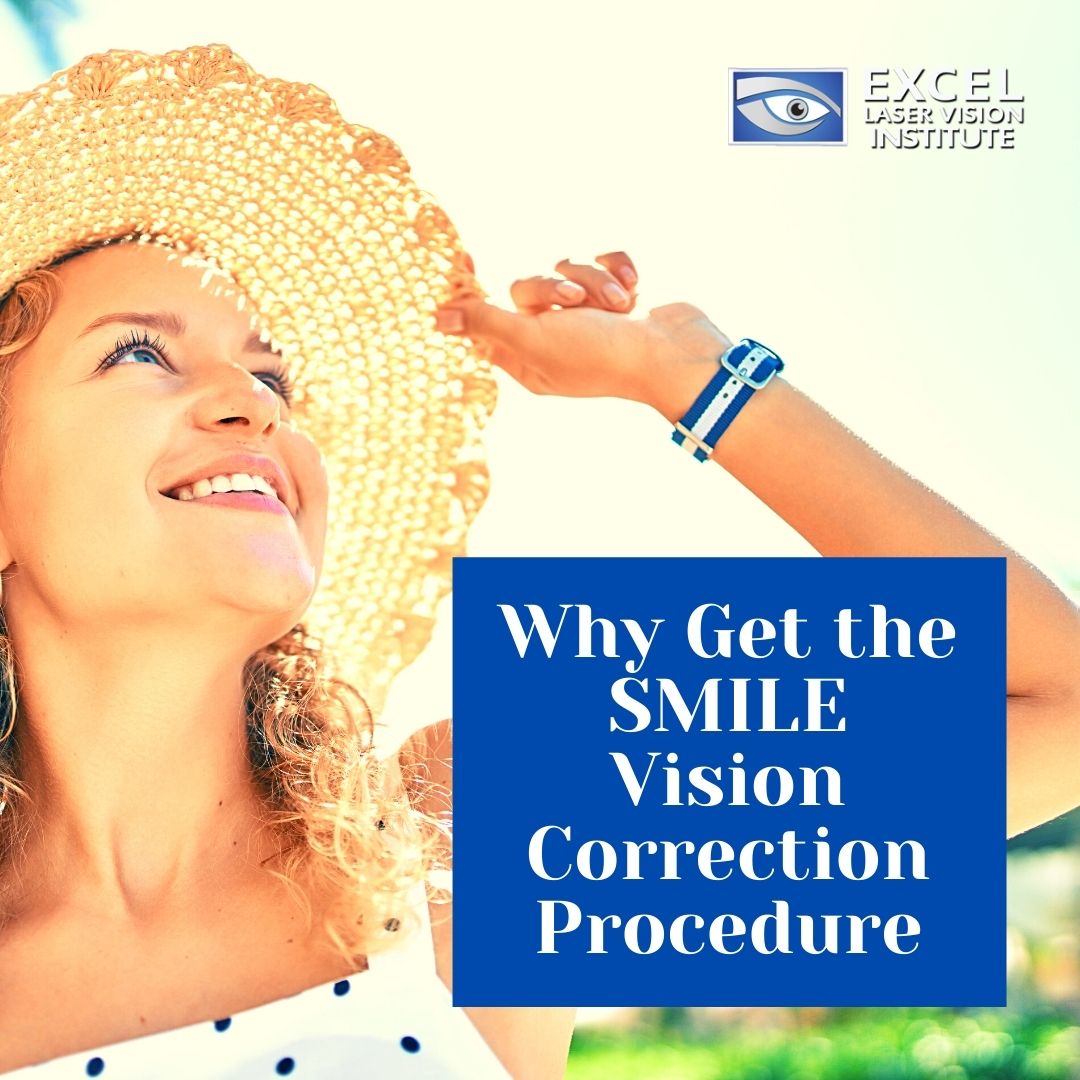
Why Get the SMILE Vision Correction Procedure?
Many people don’t realize that LASIK clinics in Orange County like Excel Laser Vision Institute can offer more than the standard LASIK procedure to qualified patients. In fact, there are quite a few alternatives that can produce the same long-term results and may even suit a patient better than traditional LASIK. Below, Dr. Moosa, a Harvard-trained surgeon at the Excel Laser Vision Institute, discusses some of the choices that patients have to improve visual acuity:
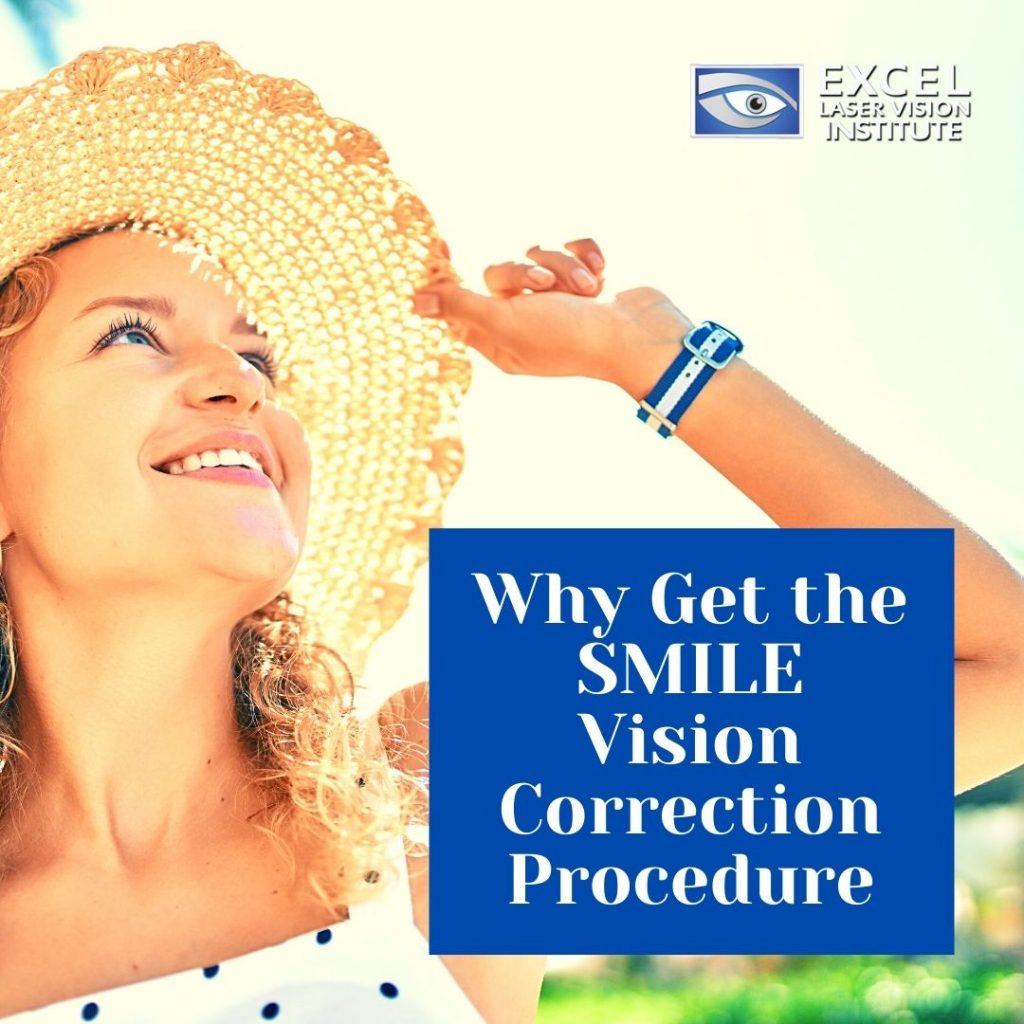
Out of these corrective procedures, SMILE is the newest innovation in laser vision technology. According to Doctor Moosa, a LASIK surgeon in Orange County, SMILE stands for small-incision lenticule extraction. Much like LASIK or PRK, SMILE is a refractive surgery that can significantly increase your clarity of vision and may even eliminate your need for contacts or glasses entirely.
The method for SMILE eye surgery is very similar to LASIK in that its goal is to reshape the eye in order to allow for light to focus better. However, it can achieve this without the surgical creation of a corneal flap. When performing SMILE, eye doctors remove excess tissue through a tiny incision rather than making a flap. This option is ideal for patients with more sensitive eye conditions and therefore would benefit from a no-flap laser eye surgery. Recovery from a SMILE procedure has the potential to be quicker and more efficient, according to a patient’s lifestyle. For those at risk of future injuries (i.e. athletes), SMILE may reduce the chances of complications in the case that the eye is damaged.
Recent studies have shown that 99% of SMILE patients achieve 20/40 vision or better within six months and 88% of people acquire 20/20 vision at the six-month mark. SMILE specializes in correcting myopia (nearsightedness) between -1 and -8 diopters. An eye care professional at a LASIK clinic can assess your eye health in order to determine if you qualify for the procedure.
At your eye exam, the eye care expert will examine the size of your pupils, the thickness of your cornea, measure your visual acuity, and discuss your eye health history. This is a good time to discuss LASIK, PRK, and SMILE as your vision correction options. Once you decide on the best alternative to achieve your vision goals, the surgeon will walk you through what you can expect on the day of the procedure as well as after-care. SMILE procedures are over in a matter of minutes and most patients experience no pain or discomfort at all. Eye drops are often prescribed in order to prevent any swelling and discomfort after the surgery.
SMILE is a proven alternative to LASIK that can offer the same benefits to patients in need. For many people that do not qualify for LASIK or PRK, SMILE may actually be a viable alternative to achieve one’s vision goals. In terms of cost, it is comparable to LASIK at around $2,000 an eye. If you are interested in learning more about this procedure, then you should call the Excel Laser Vision Institute. Once you make an appointment for an eye exam, an eye care professional will be able to tell you if you qualify for this vision correction procedure.
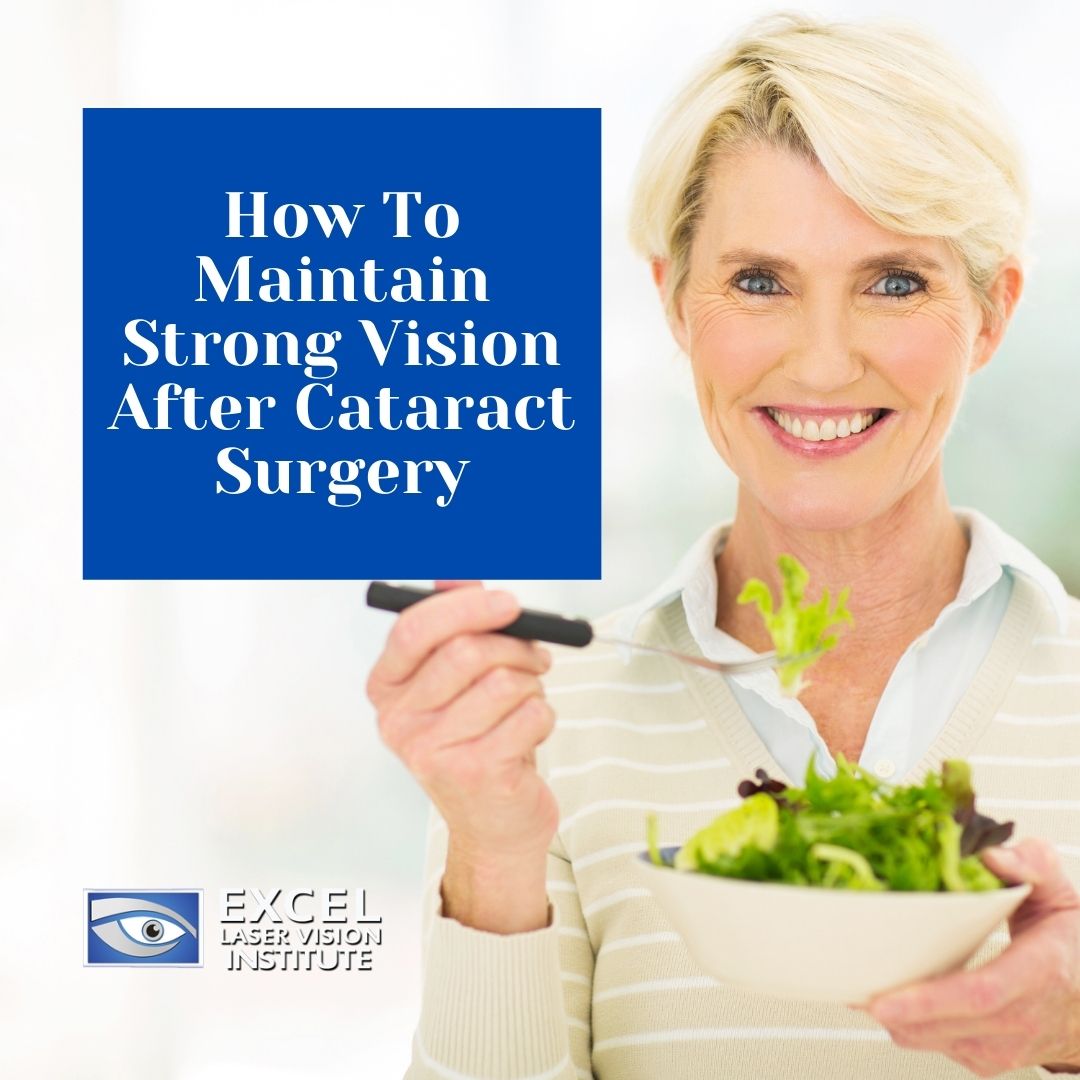
How To Maintain Strong Vision After Cataract Surgery
Usually, the first thing that happens to people after getting cataract surgery is that they feel relieved. With cataracts gone, their vision is restored and they can see incredibly well. However, this feeling of relief is often followed by a desire to keep their visual acuity at this level. During this time, people are motivated to do what it takes in order to keep their vision strong, including eating well, exercising, eliminating any tobacco, wearing UV protection, and monitoring other health conditions.
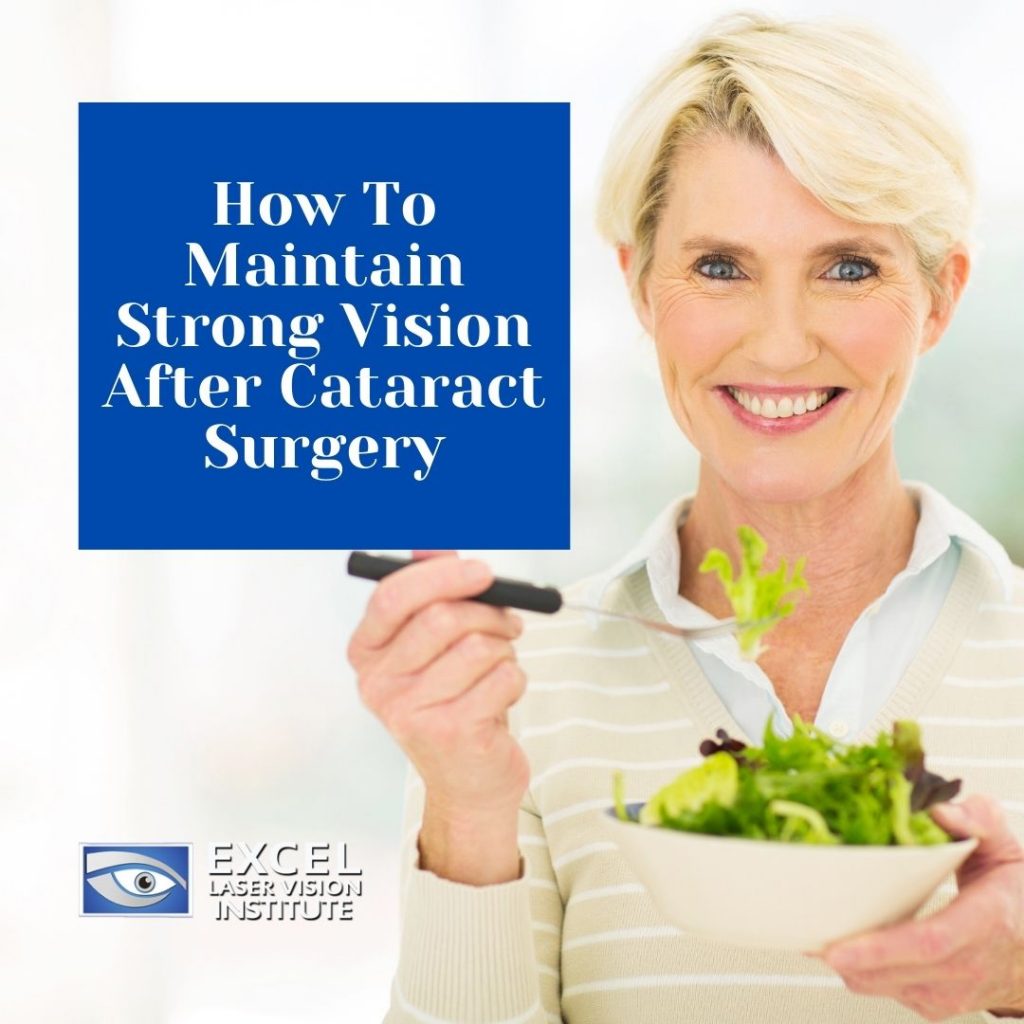
Cataract surgery can significantly improve a person’s vision by replacing a clouded lens with a clear, artificial one. This new lens can help light rays better reach the retina and, therefore, achieve clarity of vision. This corrective eye surgery is common for people that are prone to age related macular degeneration. According to eye care experts, macular degeneration can be triggered by cumulative oxidative stress to the macula, which is in the center of the retina. In order to prevent age related macular degeneration from backtracking the success of cataract surgery, a patient must focus on their macula health.
The very center of the macula, known as the fovea, is responsible for five degrees of vision as well as facial recognition and reading. The fovea also holds three macular pigments ( meso-zeaxanthin, zeaxanthin, and lutein) which work to filter short-wavelength blue light and have antioxidant properties. The denser the macular pigment, the more capable it is of protecting retina cells from oxidative stress and harmful blue light. This contributes to overall better quality of vision, especially in low light situations.
The best way to reduce your risk of getting age related macular degeneration is to treat your body with the right nutrients and supplements. You can find zeaxanthin and lutein in foods like corn, carrots, leafy vegetables, and citrus fruits. According to laser vision correction experts in Los Angeles like Doctor Moosa, meso-zeaxanthin is harder to find in a Western diet and, therefore many people are deficient in this macular pigment. Fortunately, there are many natural, food-based supplements that one can take to increase their meso-zeaxanthin. This can improve visual functions and contrast sensitivity.
Visual deterioration is a common symptom of age. This is why so many people face conditions like cataracts, macular degeneration, glaucoma, presbyopia, temporal arteritis, and dry eye. However, many people are able to restore their vision through healthy habits and corrective procedures. Eye care experts recommend taking dietary supplements to protect against oxidative damage and getting cataract surgery to replace cloudy natural lenses. As long as people stay on top of their eye health, they will be able to prevent more serious conditions from affecting their vision. One of the easiest ways to maintain eye health is to schedule yearly check-ups and share any occurring symptoms that you may have noticed with your doctor.
Once achieving clarity of vision, people are more equipped to go about their daily lives, chase their passions, and improve their overall quality of life. In order to determine if you qualify for cataract surgery or any other vision corrective procedure, visit an eye care clinic like Excel Laser Vision Institute in Los Angeles and schedule a comprehensive exam.
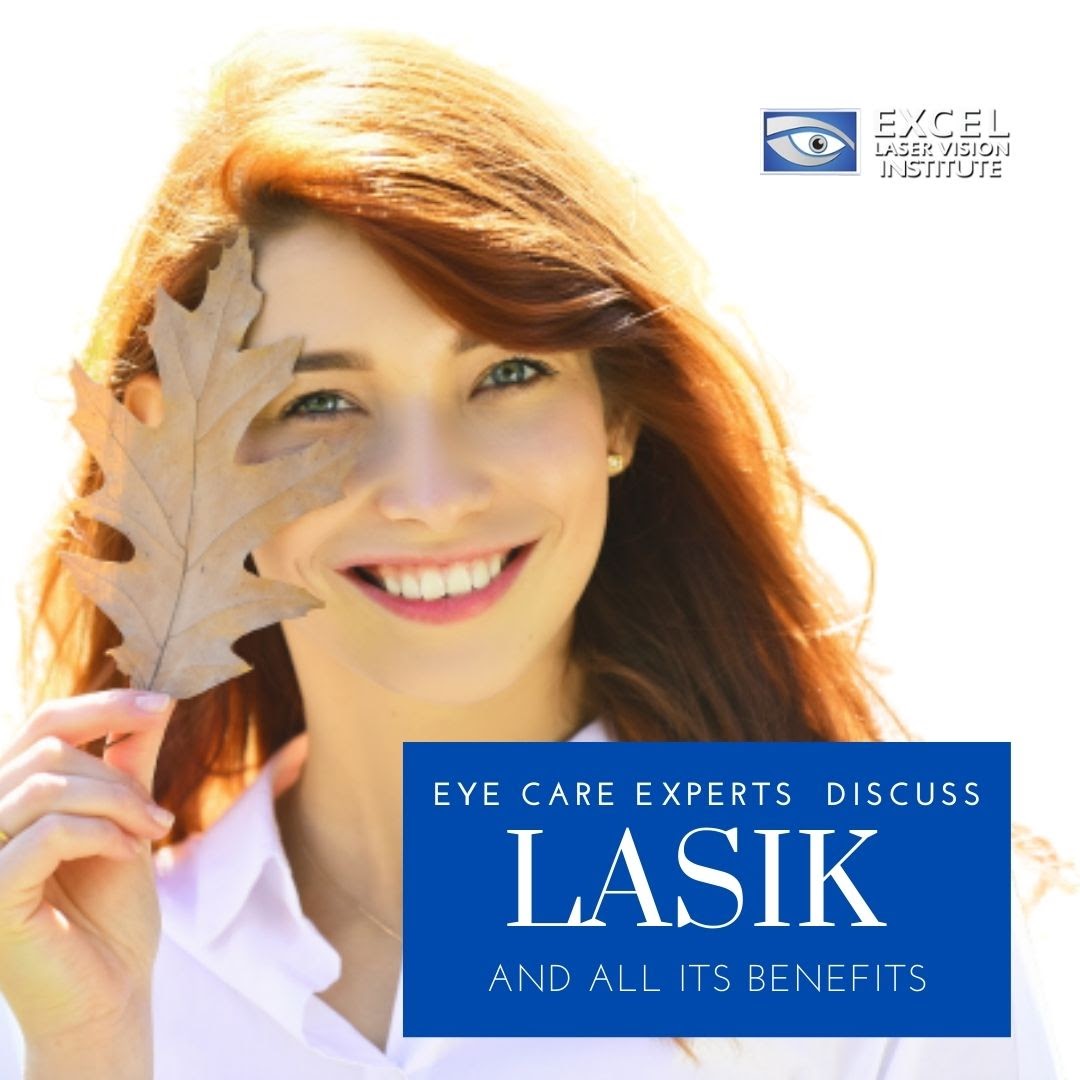
Eye Care Experts Discuss LASIK and All its Benefits
One of the most impressive things about laser eye surgery is its ability to permanently reshape the eye’s cornea in order to focus light better. Thanks to this technology, LASIK clinics in Los Angeles such as Excel Laser Vision Institutecan offer many patients crystal clear vision without the need for contacts or glasses. Since LASIK was approved by the FDA, laser machines have become even more precise and customizable, allowing vision correction to be more widely available and effective. Now, LASIK has been proven to treat a range of nearsighted and farsighted prescriptions as well as astigmatism.
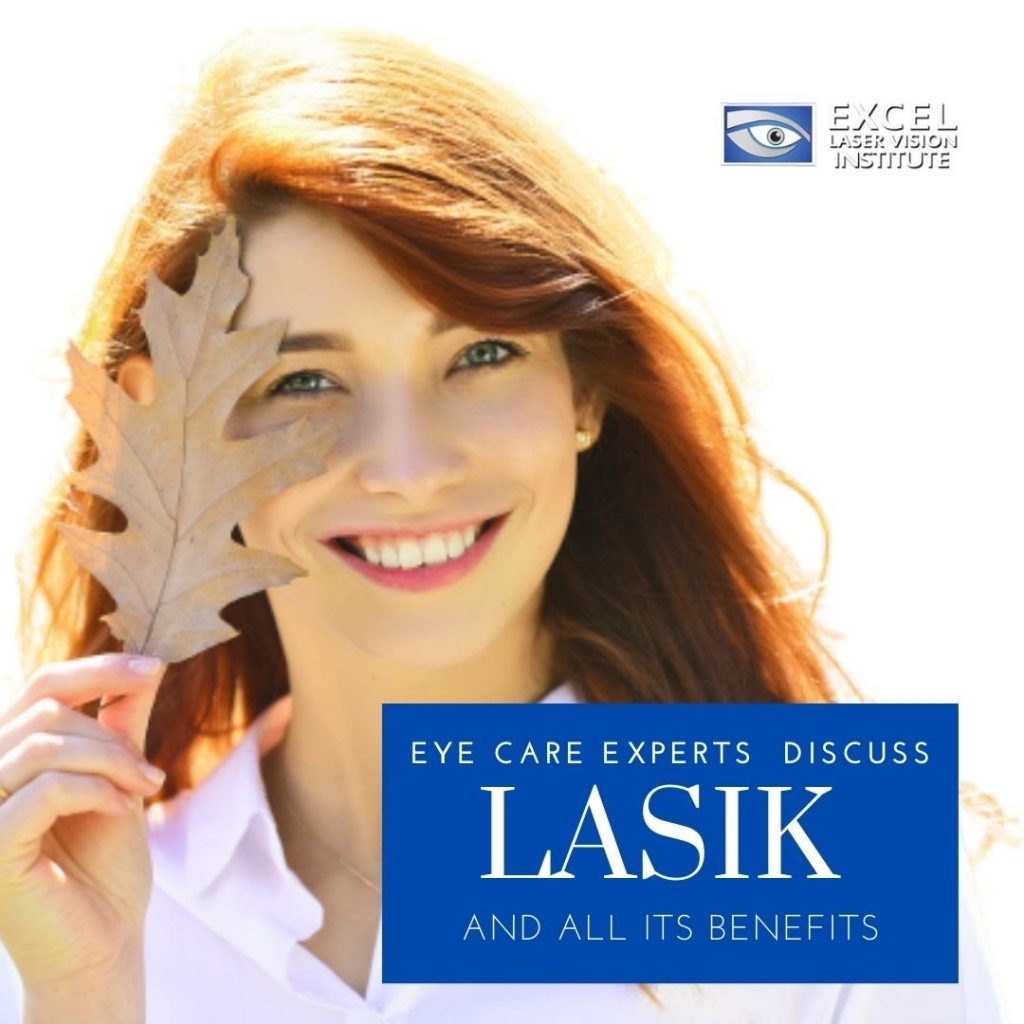
Unlike other forms of vision correction, laser eye surgery is a long-term investment. This is why LASIK eye surgery cost must be considered against the micro expenses that one must pay for glasses and contacts. When comparing the expenses, many patients find that LASIK is actually the more cost-effective option. While the initial cost is much higher, it is a one-time payment for a lifetime of benefits. On the other hand, maintaining corrective eyewear can really add up over the years as well as provide a certain inconvenience to people.
The best laser eye surgery is long-lasting. According to eye care experts, few patients require a LASIK enhancement after their initial procedure. In fact, only 6% of patients opt for an enhancement procedure within 10 years of the surgery when their initial prescription was stronger than -10.0D. LASIK is not perfect, but many patients say that any changes to their crystal clear vision over the years are subtle and provide no inconvenience to their lifestyle.
LASIK clinics such as Excel Laser Vision Institute are busier than they were twenty years ago because more people are hearing the success stories that come from this elective procedure. When refractive surgery was first introduced, many people were skeptical of its effectiveness and afraid of anything too invasive. Fortunately, LASIK surgeons have proven that this surgery can not only be performed safely and precisely, but it has the power to change people’s lives.
Suddenly, people are equipped to enter into certain professional fields that they might have been blocked from with their previous vision status. People are also experiencing greater joy in their day to day life. Whether it’s being able to swim, camp, or drive, people that receive laser eye surgery no longer have to be concerned about their corrective lenses. Instead, they can operate as if gifted with a natural 20/20 vision.
LASIK has become the most popular vision correction procedure with one of the highest satisfaction rates of any elective procedure. Now that people have this vision correction alternative, many people are achieving their vision goals at a faster rate than ever before.
If you would like to find out if you’re eligible for LASIK, then you can visit one of Excel Laser Vision Institute’s branch in Los Angeles for a thorough eye exam and consultation. Our experienced staff will help you determine the right solution to your vision needs and our dedicated surgeon will make your goals a reality.
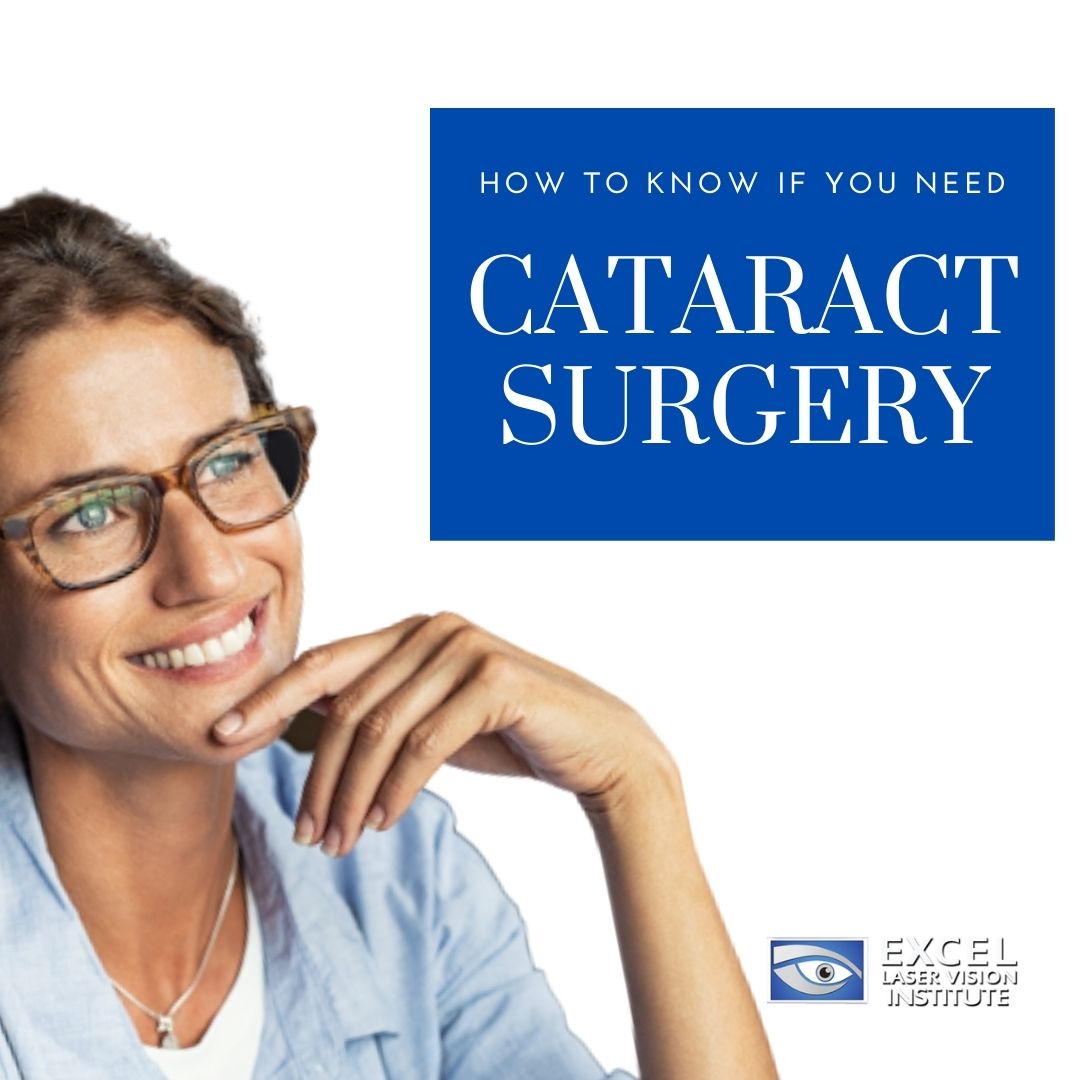
How to Know if You Need Cataract Surgery
According to eye care experts in Los Angeles, cataract surgery is a procedure that involves replacing the eye’s natural cloudy lens with a clear synthetic lens. This can be performed by experienced surgeons on an outpatient basis under local anesthesia. Many cataract surgery patients can return to their normal routines within a few days. Fortunately, advancement in technology has allowed this procedure’s success rate to skyrocket and the results are long-lasting. Eye care professionals highly recommend the procedure for people who are suffering from cataracts. However, patients must make a couple of decisions when beginning their journey, including what type of lens implant they want and when they want to have the surgery.
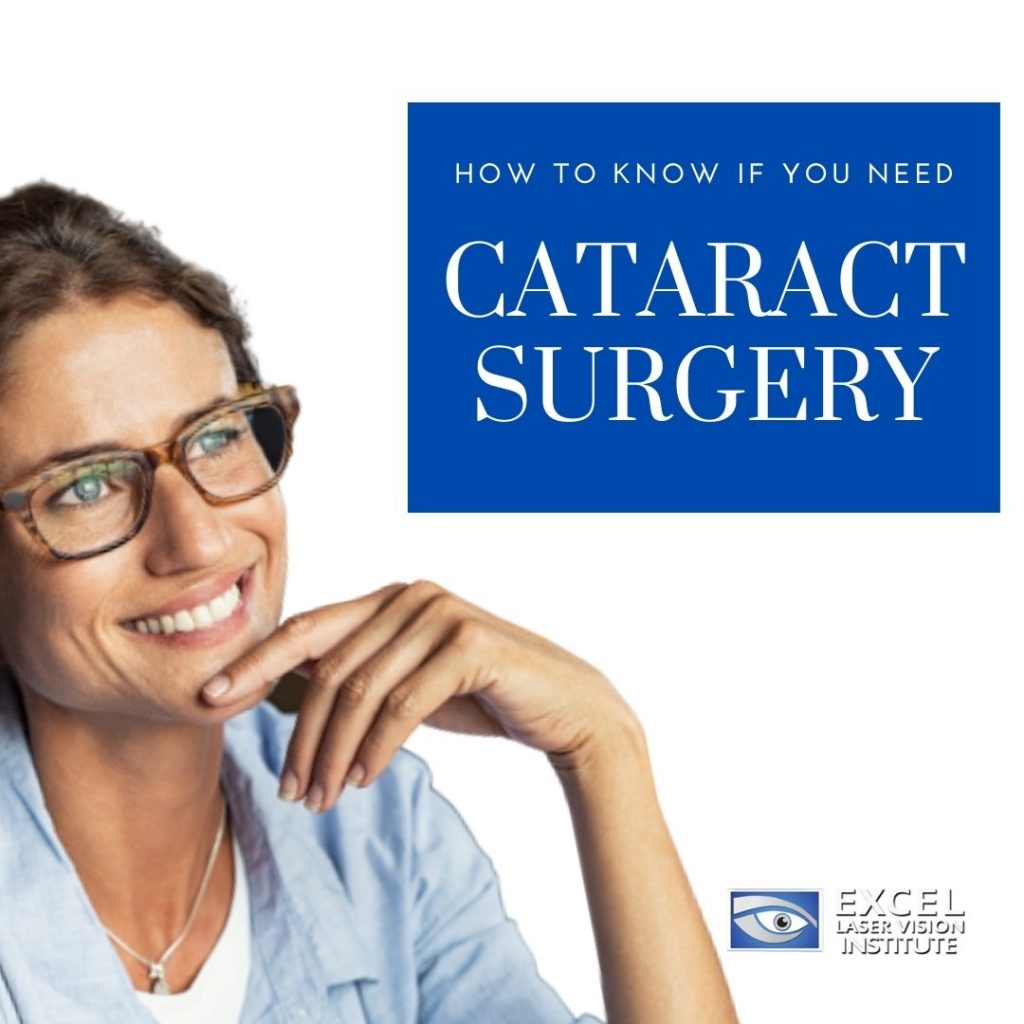
Many people develop eyesight problems over time, which is why laser vision correction procedures have gained popularity in recent decades. Whether its myopia, hyperopia, or astigmatism, LASIK has a reputation of restoring crystal clear vision to many different kinds of patients. However, cataracts are outside the realm of this corrective eye surgery and require an alternative solution. Instead of manipulating the surface of the cornea in order to allow light to better focus, cataracts are treated by replacing the eye lens completely.
As we age, our eye lenses naturally become thicker and less transparent. This can lead to cloudiness of the lens, which we know as cataracts. According to recent studies, about 50% of people will develop cataracts by the time they reach 80 years old. In many cases, cataracts develop in a slow, subtle manner. Someone may at first experience more nearsightedness and then poor night vision as well as dulled color perception. These symptoms can be evaluated by an eye doctor in order to determine if cataracts, glaucoma, macular degeneration, or any other eye conditions are the root cause.
The only effective cure for cataracts is the removal of the clouded lens through cataract surgery. Los Angeles eye doctors say that, in most cases, the procedure is recommended based on how much the cataracts are interfering with someone’s daily life. In the early stages of cataract development, vision may not be significantly impaired. However, cataracts are known to exacerbate other eye conditions like macular degeneration. The best course of action is to have a comprehensive eye exam with a professional in order to determine whether it is the right time for the procedure.
When choosing the synthetic lens implant for cataract surgery, one must speak to an eye care professional in order to hear their recommendations. Monofocal versus multifocal lenses provide different benefits, depending on the patient’s age and lifestyle. Younger cataract surgery patients often choose monofocal implants while multifocal lenses provide relief for patients with detail-oriented jobs and hobbies. The key is choosing the lens that will best satisfy your vision needs in your individual circumstances.
Frequent eye exams are the best way to ensure that your eyesight is monitored and preserved. Whether you need cataract surgery, LASIK eye surgery, or some other corrective procedure, experienced ophthalmologists can help you reach your vision goals.
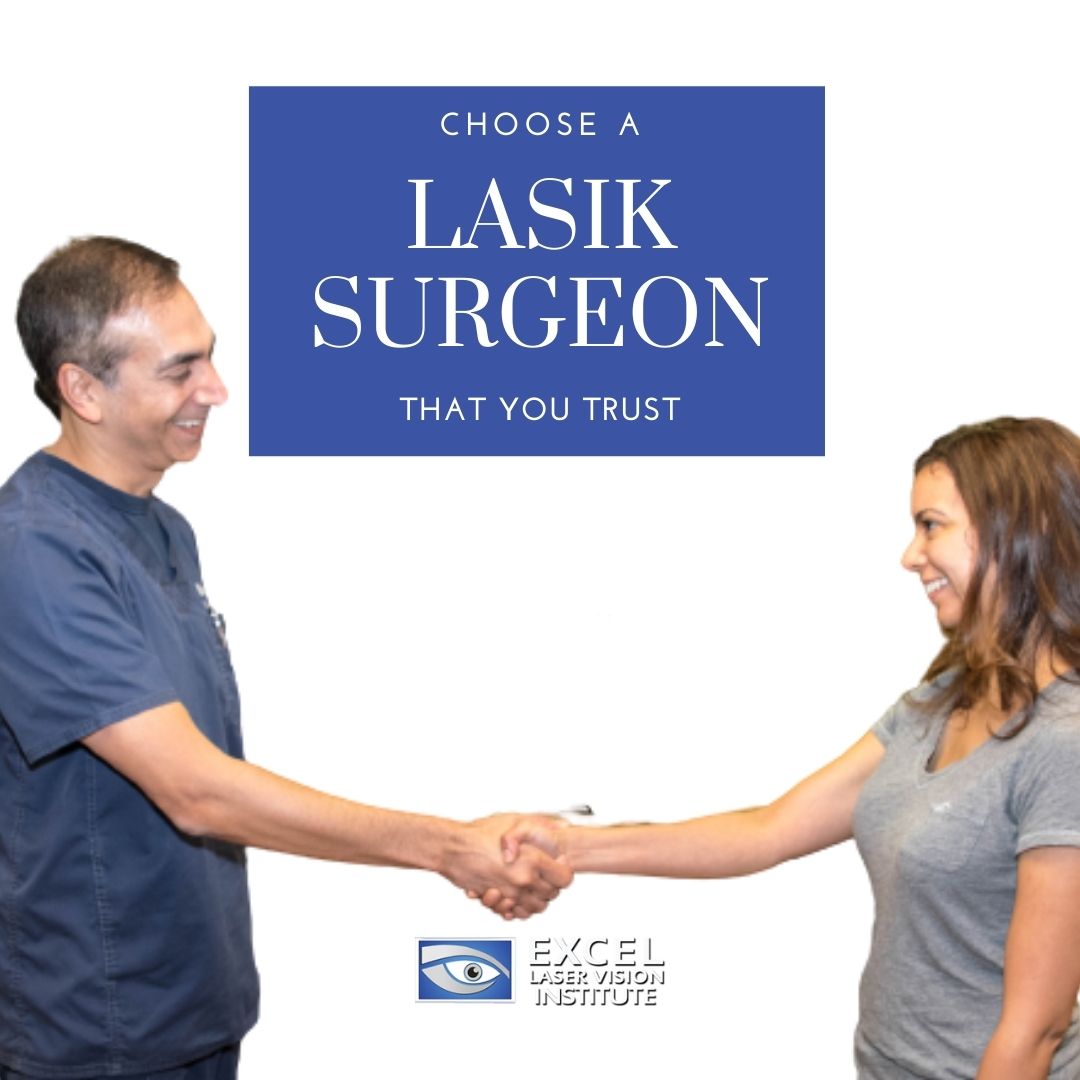
Choose a LASIK Surgeon That You Trust
Laser eye surgery has become increasingly accessible to people with varying degrees of vision problems, thanks to innovations in eye correction procedures and methods. Patients can visit a LASIK clinic like Excel Laser Vision Institute in order to treat astigmatism, farsightedness, and nearsightedness as well as achieve 20/20 vision or better. However, this life-changing procedure would be nothing without the dedicated ophthalmologists that have acquired the skill and experience to perform the surgery. At clinics like Excel Laser Vision Institute, there is one surgeon who attends to every individual patient. Dr. Moosa describes the kind of personalized care that he can give at this eye center:
Typically, vision problems occur as the shape of the lens starts to alter over time. This challenges the eye’s focusing capacity and causes blurriness. The reason that so many people consider laser eye surgery is because it provides them with clarity of vision that isn’t dependent on contacts and glasses. LASIK patients affirm the fact that the surgery is brief, painless, with a quick recovery. Most people are able to return to work and driving the next day. The LASIK surgeon plays a large role in the success of each procedure as well as the long-term results. This is why it is so important for patients to choose an ophthalmologist that is in the top tier of their field. As laser technology continues to advance and become more customizable, ophthalmologists must adapt to new methods and strategies that will best fit each patient.
There are some actionable steps that every patient can take in order to find the right surgeon for their laser eye surgery. The FDA has their own recommendations based on their knowledge of the industry. Here is their advice to prospective LASIK patients:
Know your surgeon’s background.
You can compare surgeons based on their level of experience and reputation in the field. One of the best ways to vet a LASIK surgeon is to look at patient reviews and testimonials. If they have served a wide range of patients with excellent results, then they are a good option for you.
See what they promise.
LASIK has a history of improving the visual acuity of patients with many different prescriptions. However, it is not a miracle-worker. Every prospective patient at Excel Laser Vision Institute, a LASIK clinic in Orange County, must be properly evaluated for their eye condition and overall health. If a LASIK surgeon promises you the world without a proper test and consultation, then they are acting as a salesman instead of a doctor.
Ask about the technology they are using.
A good LASIK surgeon will be able to walk you through the laser eye surgery process in a comprehensive manner. This includes informing you about the machines that they are using. If they are utilizing the newest technology, then they have the best resources under their belt to deliver more accurate results.
When beginning your LASIK journey, you should have a surgeon that you can trust. Ophthalmologists can make or break your experience with laser eye surgery. That’s why it’s so important to do your research and ensure that your LASIK surgeon is the right fit for you. This will not only make you more comfortable as you undergo the life-changing process but it will also improve the accuracy of the procedure and strengthen the long-term results. Call or visit Excel Laser Vision Institute’s Orange County branch to learn how you can get started on achieving your vision goals!
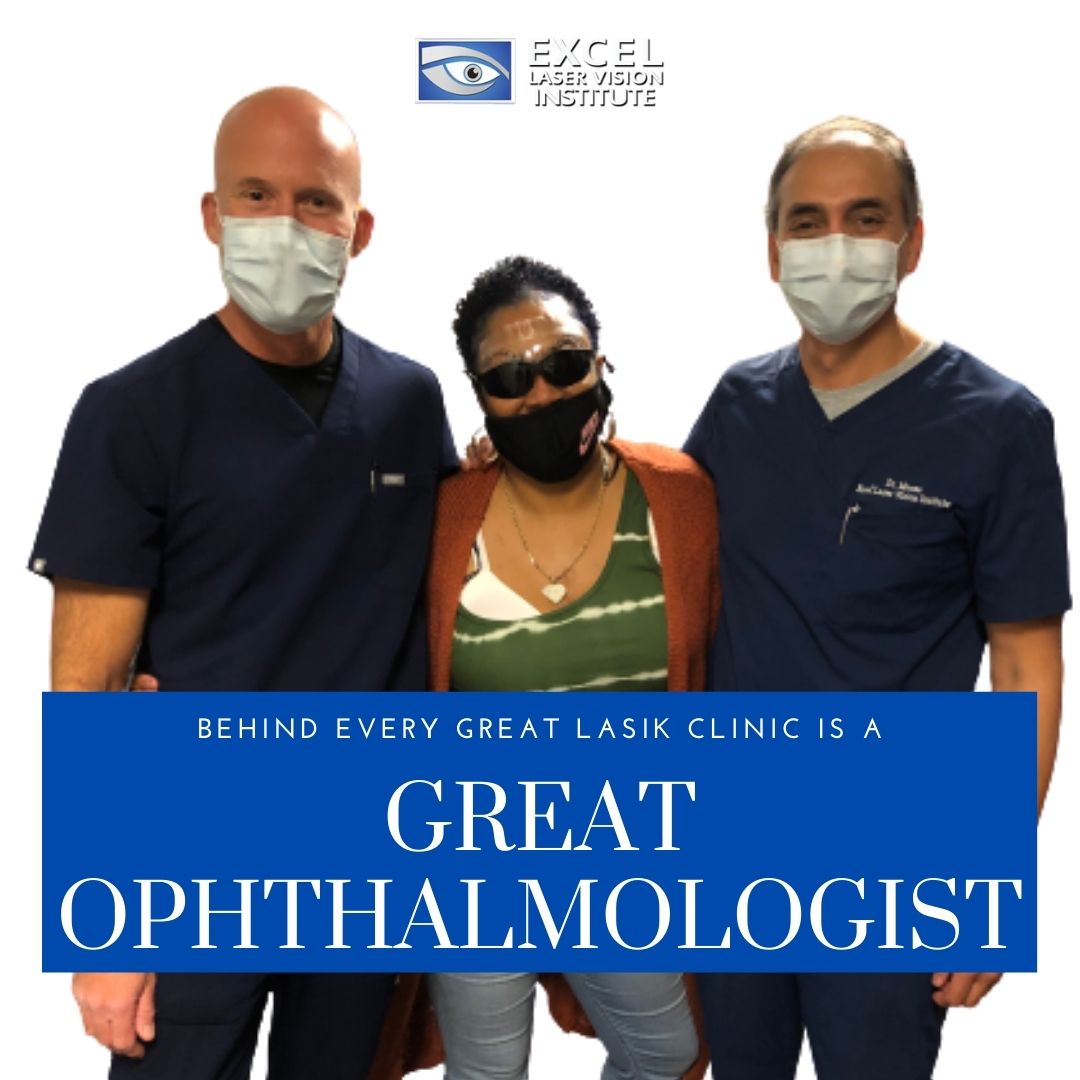
Behind Every Great LASIK Clinic is a Great Ophthalmologist
As a field, ophthalmology has transformed LASIK clinics in Los Angeles as well as other eye care centers all over the world. It is thanks to experienced surgeons like Dr. Moosa at Excel Laser Vision Institute that patients are able to achieve 20/20 sight or better. In the video below, Dr. Moosa explains why he chose ophthalmology as his career path:
In the simplest sense, ophthalmology is the study of the eye. Ophthalmologists have a deep understanding of its anatomy and physiology in order to diagnose and treat disorders. These are some of the things that an ophthalmologist is trained to do in his/her career: treat eye diseases, prescribe contacts or glasses to correct vision, conduct research on eye diseases and disorders, and perform laser eye surgery.
While developments in eye care have very current effects, the study of ophthalmology actually dates back thousands of years. According to experts at LASIK centers in Los Angeles, the first medical eye treatment was recorded in the Ebers Papyrus from Egypt, around 1550 BCE. Doctors around this time found that the eye had inner and outer layers with some type of fluid. The earliest treatments were typically herbal although there is evidence that the Egyptians might have performed simple surgical procedures.
The Sushruta Samhita, an ancient Indian text, was another early resource of medical information and treatment. Some say that this text was written in the sixth century BCE while others believe it to be later on. Regardless, this large work communicated an expanse of knowledge, detailing 1,120 conditions and illnesses. At least 67 of these were ocular related. The text includes information about different surgical instruments and treatment methods, including how to clear vision by pushing away cloudy cataract lenses.
In Greece, Aristotle dissected animal eyes in order to discover the three layers that make up the structure. Meanwhile, Rufus of Ephesus was the first to recognize that the eye had two chambers filled with two different substances (one like water and one like egg whites) and he also identified the epithelial layer as well as the conjunctiva. In the second century, Galen began to piece apart the cornea, curvature of the lens, tear ducts, and function of the optic nerve. He was able to create models of the eye that were more precise than others of his time. There were countless other researchers, scientists, and doctors that contributed to our knowledge of the eye and expanded the range of ophthalmology’s practical reach.
Currently, the American Academy of Ophthalmology is the largest association of eye surgeons and physicians with around 32,000 members. There are many different specialities that ophthalmologists can focus on in their studies including cornea and external disease, neuro-ophthalmology, glaucoma, pediatric ophthalmology, ophthalmic plastic surgery, vitreoretinal diseases, and ophthalmic pathology. When becoming a patient at a LASIK eye center in Los Angeles, you are directly benefiting the skills and expertise of the ophthalmology field. Thanks to the dedicated doctors in this area of expertise, people are able to get the treatment they need to enjoy clarity of vision.
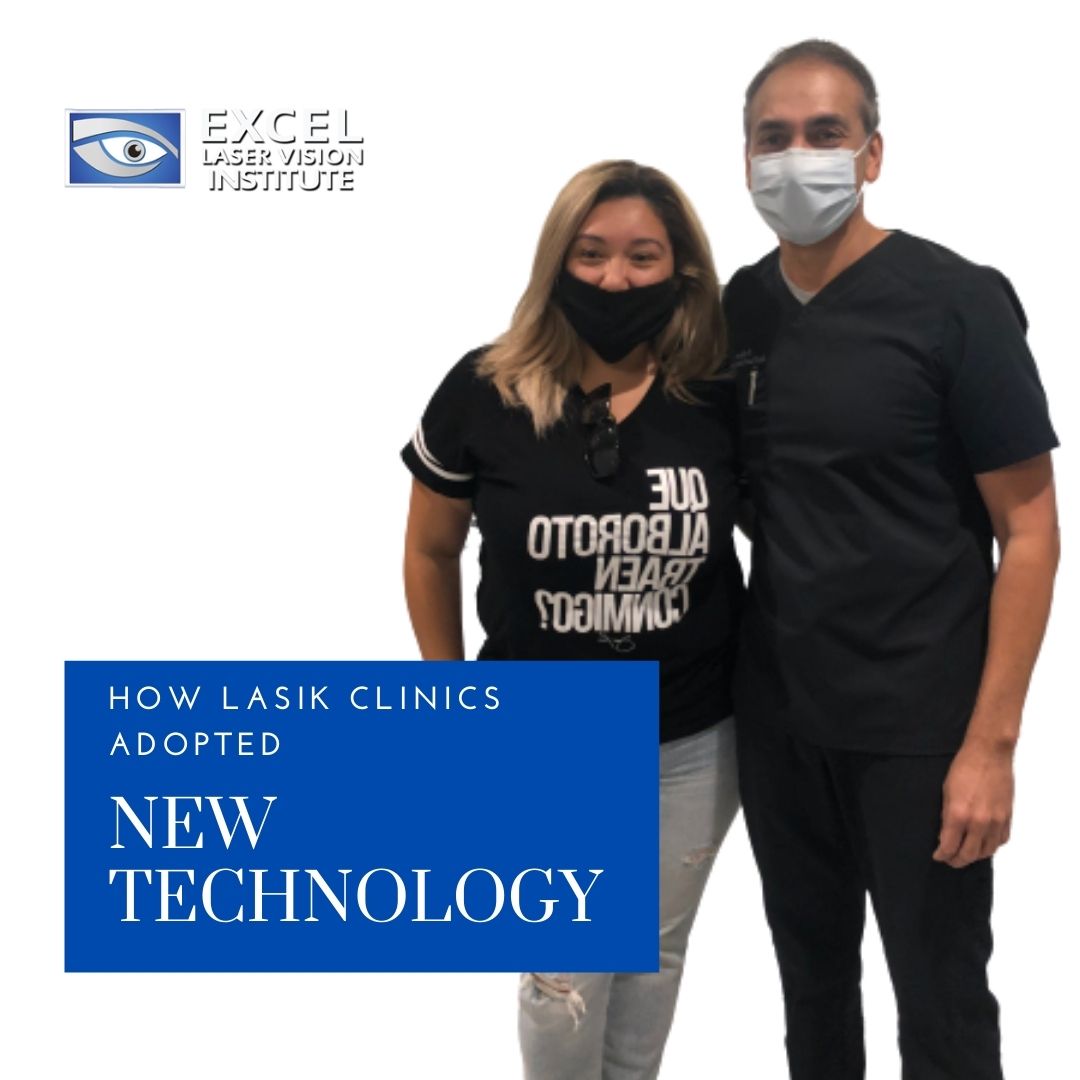
How LASIK Clinics Have Adopted New Technology
Laser vision correction as we know it at Excel Laser Vision Institute, a LASIK clinic in Los Angeles, has quite an extensive history, thanks to the discoveries of many different researchers, scientists, and doctors. We can thank our advanced technology and eye correction methods to their combined contributions to the study of refractive surgery. One of the most recent improvements to the LASIK procedure is the use of the Wavelight EX500 laser. Harvard-trained surgeon Dr. Moosa discusses how this is used at the Excel Laser Vision Institute:
Twenty-first-century vision correction methods have reached new heights of safety, efficiency, and accuracy. However, it took a great amount of trial and error to get to this point. At the end of the nineteenth century, Dr. Lendeer Jans Lans published a paper on correcting astigmatism by making tiny incisions in the cornea to adjust the natural curvature. This information became useful in 1930, when Tsutomu Sato, a Japanese ophthalmologist, started practicing refractive surgery on war pilots. In his time, laser technology was not available, which meant that these procedures were less accurate and less protective of the eye.
Fortunately, the microkeratome came into use in 1963 to better optimize the reshaping of the cornea. This was called keratomileusis, a technique that was adopted into laser vision correction and LASIK. The next big discovery happened when a Russian doctor was treating a nearsighted boy who had an accident. After suffering a great fall, he broke his glasses and got pieces of glass stuck in his eye. The result of this was a happy accident! The glass had cut off parts of his cornea and actually contributed to better vision. When the Russian doctor saw this, he started doing research that led to radial keratotomy.
While all of these doctors made strides in vision correction, the development of laser technology was necessary for moving this practice in the right direction. According to Doctor Moosa, a LASIK eye specialist, lasers were able to make more precise incisions that did not burn organic tissue. Photorefractive keratectomy was first performed in 1981 on a Thanksgiving turkey to prove this point. Laser eye surgery further progressed when Dr. Marguerite McDonald completed the first PRK procedure to correct myopia in 1987 and then performed the first Epi-LASIK surgery in North America in 2003.
LASIK eye surgery is often associated with Ioannis Pallikaris, the Greek ophthalmologist that performed the first procedure on a person in 1989. Within the same timeframe another ophthalmologist named Gholam Peyman received a patent for this type of refractive surgery. Since then, the integration of the femtosecond laser has allowed for bladeless LASIK techniques to arise and wavefront technology has allowed a greater capacity for personalization. Now, surgeons are able to create and follow a digital map of an individual’s cornea in order to increase accuracy and safety.
Thanks to the contributions of many professionals, the world of laser eye surgery has become more exciting and innovative than anyone thought possible. It is also increasingly accessible to people now that LASIK eye surgery cost has been made more affordable. Patients at laser eye clinics can now achieve 20/20 vision or better, regaining their independence and improving their quality of life.
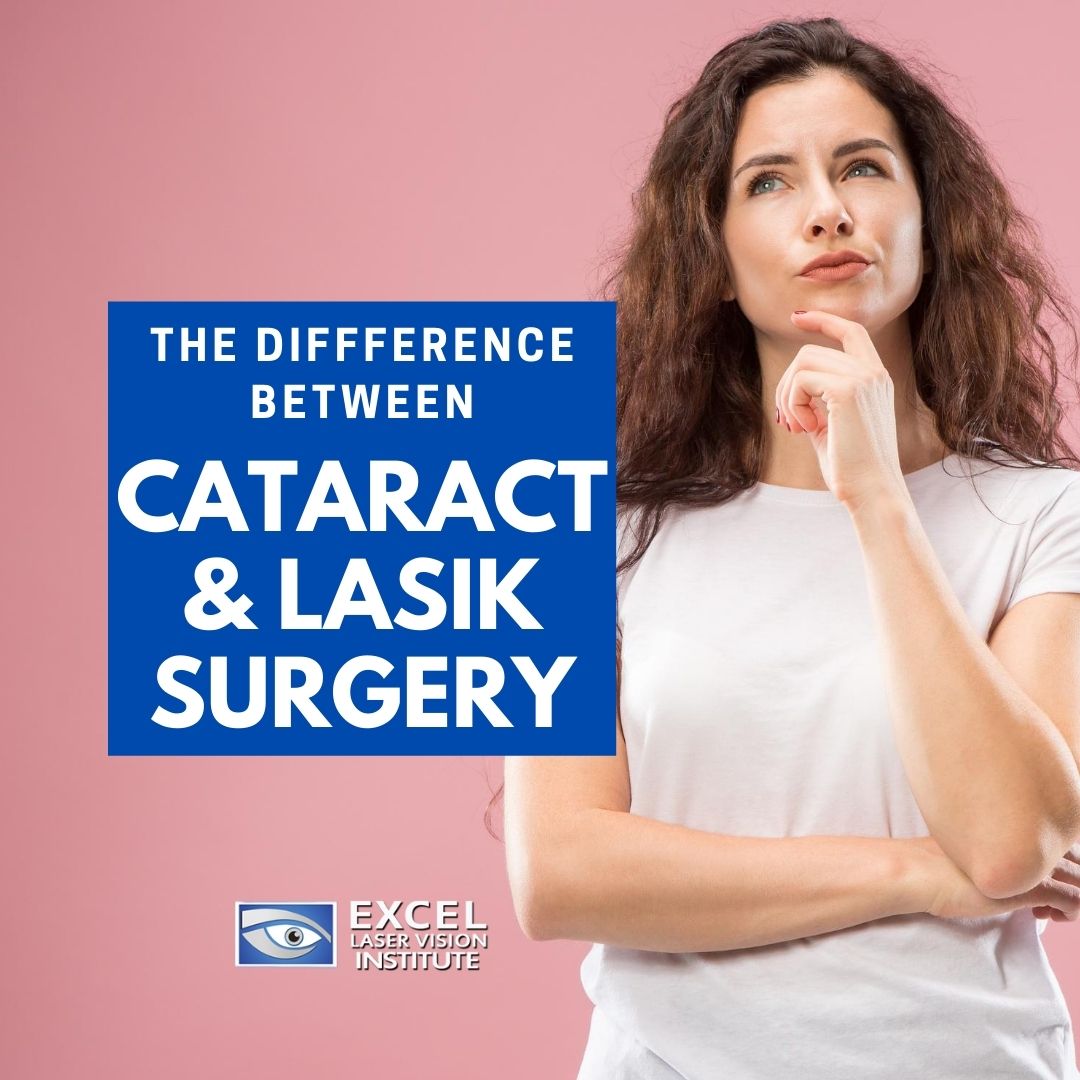
Cataract Versus LASIK Surgery
While many people have heard of LASIK and cataract surgery, there seems to be a general confusion about whether or not these two procedures can work together to achieve vision goals. Some of the confusion stems from the fact that many Los Angeles clinics offer both cataract surgery and LASIK. Many eye care patients find themselves asking how these two methods of vision correction are different from one another and if they can be utilized in tandem for certain individuals. Fortunately, the answers are rather straightforward and simply require the expertise of an eye care professional.
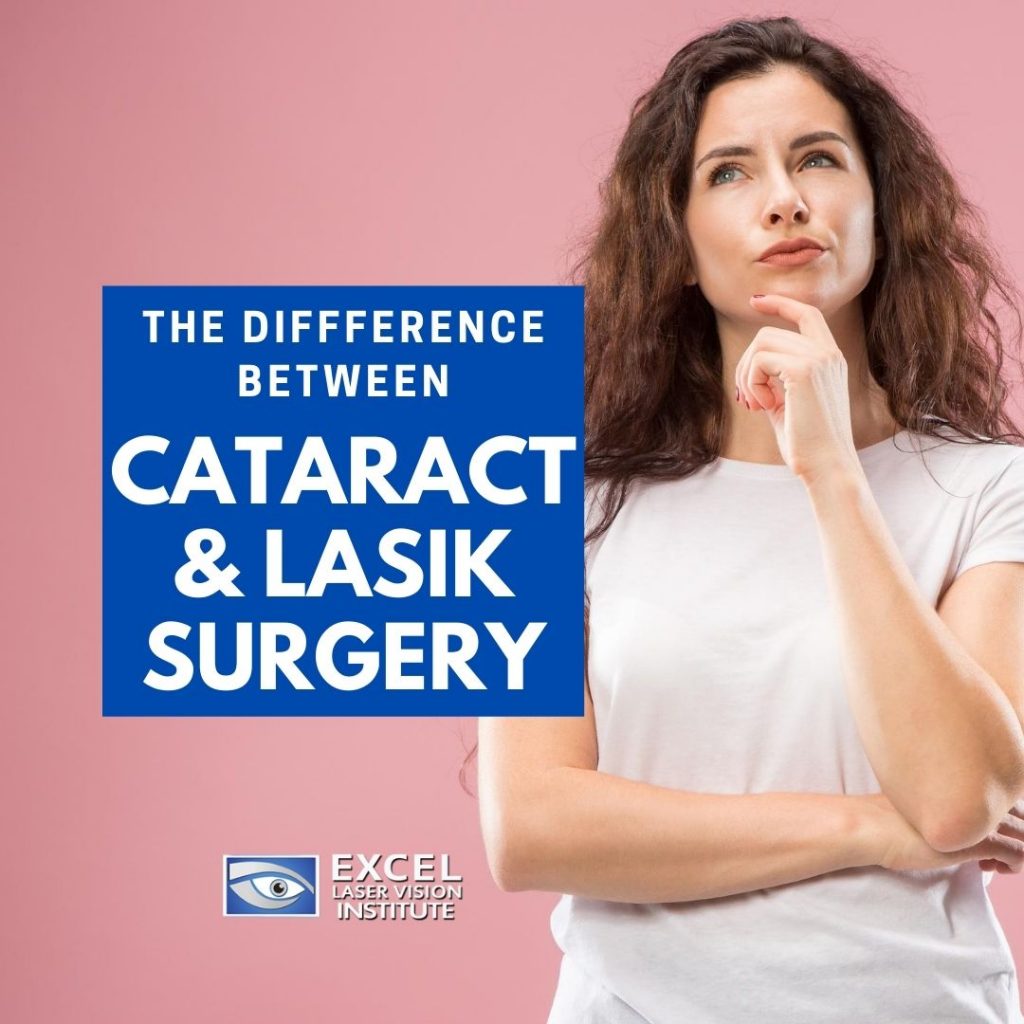
How is cataract surgery different from LASIK?
LASIK eye surgery involves the reshaping of an individual’s cornea to help refocus light properly, thus correcting a previous refractive error. Cataract surgery, on the other hand, is a treatment that involves the replacement of an individual’s natural lens, which has become clouded with cataracts, with an artificial lens (IOL or intraocular lens).
Each surgery is performed within a different timeframe. LASIK is usually a bit quicker and both eyes can be completed in the same surgery. Cataract surgery usually requires a separate day for each eye. Another difference between the two procedures is that cataract surgery can be covered by insurance (unless choosing premium add-ons) while LASIK offers a flexible savings account (FSA) but no insurance coverage.
How is cataract surgery similar to LASIK?
In the most basic sense, both LASIK and cataract surgery are a form of corrective eye surgery that require laser technology. Cataract surgery utilizes the femtosecond laser to extract the natural lens of the eye and bladeless LASIK utilizes the femtosecond laser for the creation of the corneal flap.
Each procedure seeks to improve a patient’s vision and offers a very quick recovery time. Patients who receive LASIK or cataract surgery at a Los Angeles clinic such as Excel Laser Vision Institute are typically given local anesthesia and both surgeries can be performed while patients are awake.
Can you get cataract surgery and LASIK surgery on the same eye?
The short answer is yes. Both procedures focus on different areas of the eye (the cornea for LASIK and the lens for cataract surgery) which is why this combination would not likely pose any interference. However, this answer may differ depending on a person’s specific eye condition and the recommendations of their surgeon. The best way to find out if you’re eligible for cataract surgery after receiving LASIK (or vice versa) would be to ask an eye specialist at a laser vision correction clinic in Los Angeles like Excel Laser Vision Institute.
Can cataract surgery and LASIK be used in tandem?
The answer to this is sometimes. In circumstances where an individual’s natural lens is replaced, but their visual acuity is still not at the right level, a surgeon may recommend a version of LASIK for a full correction. Usually, instead of using traditional LASIK methods, an eye specialist will perform an alternative refractive surgery called PRK.
Final Thoughts
Cataract surgery and LASIK are both vision correction methods that offer incredible benefits to certain individuals. If you would like to see if you’re eligible for either of these procedures, then you can visit the Excel Laser Vision Insitute for a full eye exam and consultation with a laser eye specialist.

